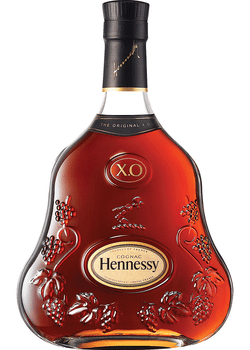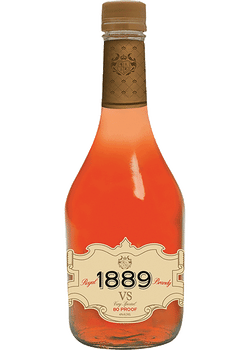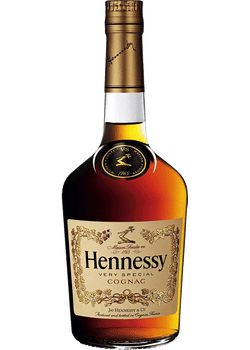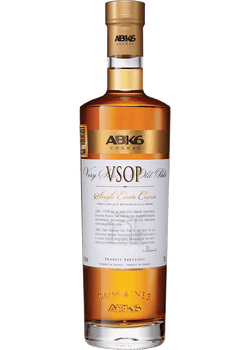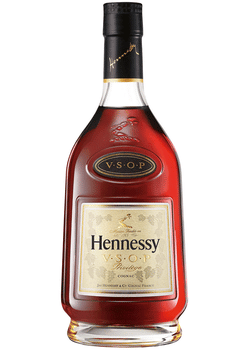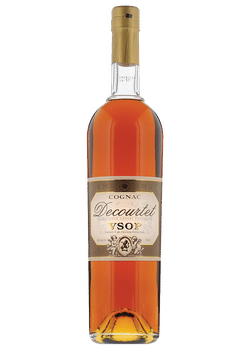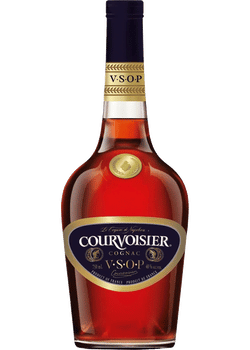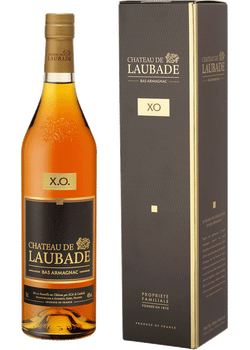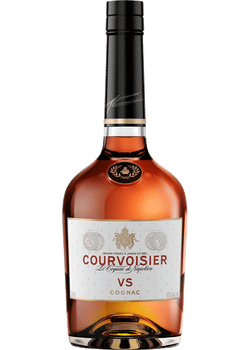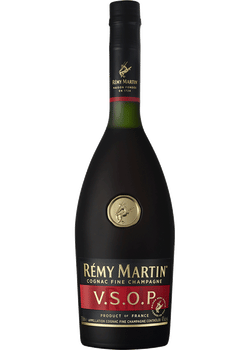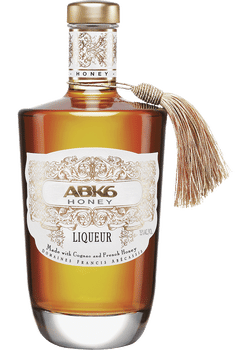While both spirits are made from fruit, the main difference between Cognac and Brandy comes down to location. The Cognac region of France is the only place to make this smooth and potent grape spirit that many consider the ultimate indulgence. The Remy Martin Louis XIII Cognac, which comes in a Baccarat crystal bottle, is the ne plus ultra of Cognac. And with its delicate aroma of sweet fruit and honey mixed with jasmine and roses, fans are happy to pay $4,300 for a bottle.
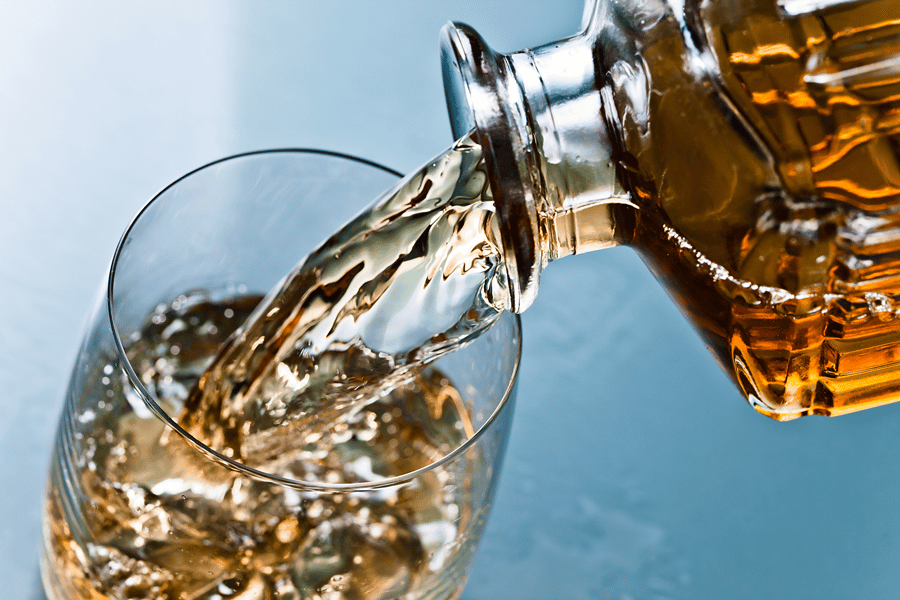
Any spirit distilled from fruit is considered a Brandy. Some of the finest examples of oak barrel-aged Brandies are the French apple Brandy Calvados, Poire Williams pear Brandy, and Armagnac grape brandy. Pisco is a clear grape Brandy from Peru. Italy’s best fruit Brandy is Grappa, which can have the delicate flavors of cherries, apricots, or herbs.
Brandies date back to the 7th century when they were used as a medicine called eau de vie (water of life). Today, they’re often sipped after dinner since many people believe they aid digestion. Science says Brandy slows digestion, but it offers relief by relaxing the stomach muscles.
As we take you through the Brandy-making process and the international styles, you’ll understand the differences between Cognac and Brandy.
What is Brandy?
Brandy can be distilled anywhere there are abundant fruit orchards or vineyards and sunshine, but they’re often made in wine country. France’s most famous Brandy is Cognac, though other regions create fine fruit spirits including Armagnac, Poire Williams, and Calvados.
What is Cognac?
The town of Cognac gives this iconic grape Brandy its name, though it’s made across the Charente and Charente-Maritime regions. Young Cognac is a dry, pale gold spirit that smells and tastes like apple, citrus fruit, and flowers. Cognac gets darker as it ages and develops deeper flavors of caramel, dried fruit, cocoa, and baking spices. People who like lower-proof spirits should check out Pineau des Charentes, a local dessert wine of sweet grape juice spiked with Cognac.
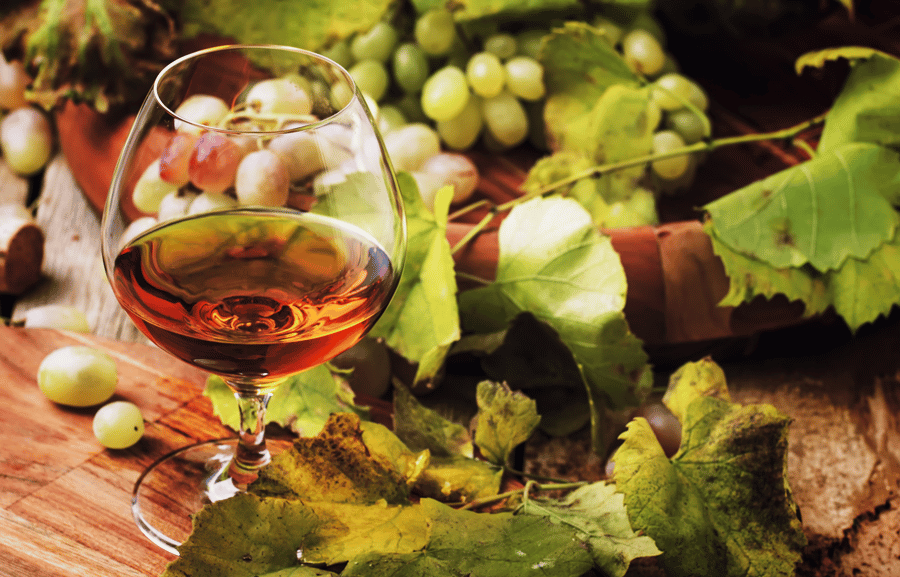
Other Brandy styles
Cognac is just one style of Brandy; around the world almost any fruit can be distilled into a spirit. Brandies will taste and look different depending on the fruit and how they’re distilled and aged. Some are deep golden after oak aging, some are clear with a neutral flavor, and others are infused with fruit. Here are some of the major Brandy styles enjoyed worldwide:
- Calvados: This apple Brandy is one of the most famous exports from Normandy.
- Armagnac: The oldest eau de vie in France, it’s the preferred Brandy in France, while most Cognac is exported.
- Poire Williams: Growers in Alsace attach bottles to baby green pears on the tree to create the pear Brandy with the whole pear inside.
- Grappa: Most Grappas start with recycled grapes from winemaking in northern Italy. Some are infused with apricots, cherries or honey.
- Pisco: It’s distilled once and never aged in wood, so it’s clear with dry grape and apple notes.
- Applejack: The oldest distilled spirit in the U.S. is Laird’s Applejack, a dry apple Brandy that debuted in the 1750s.
- Slivovitz: This plum Brandy is enjoyed throughout Eastern Europe.
- Kirsch: Also called kirschwasser, this cherry Brandy is from Germany.
- Metaxa: Made from Muscat grapes and herbs, this Greek Brandy analog dates back to 1888.
Learn more about these different styles of Brandy in our guide.
How are Cognac and Brandy made?
Both Brandy and Cognac start with an alcoholic base liquor that’s distilled into a spirit, then blended, and possibly aged depending on the style.
Brandy method
Whether it starts with grapes, apples, or pears, the fruit is pressed to release the juice, and distillers add yeast to make a fermented cider or wine. This base alcohol is then distilled to create Brandy. Some Brandies are aged in oak barrels and blended; others like Pisco are bottled without wood aging. If it’s a Grappa, it might be macerated with fruit, herbs, or honey to add flavor.
Cognac method
Cognac starts with ripe white grapes known for higher acidity and low sugar.
The grapes are pressed, and yeast is added to ferment the juice into wine. Next, the juice is distilled into a spirit. By law, all Cognac is distilled twice in a copper pot by March 31, the year after harvest. The next step is two years of aging in oak barrels from France’s Tronçais or Limousin forests, followed by blending.
Cognac aging designations
According to some historians, the first eau de vie Brandies made in the Charente region were unaged grape spirits. Today, the French Cognac authority sets standards and requirements for Cognac age designations. Most Cognac houses blend older and younger spirits to create a consistent style. So here’s a quick rundown on what those letters on the bottle mean.
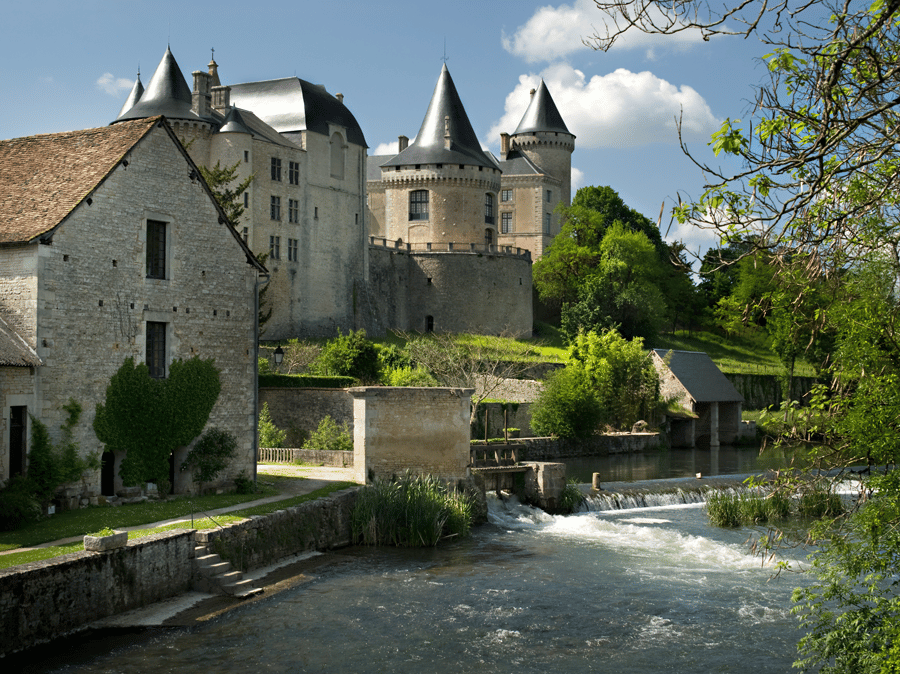
VS
This “very special” entry-level Cognac is more than 50% of what’s sold worldwide. These spirits are aged in French oak for two years minimum.
VSOP
About a third of the Cognac sold is “very special/superior old pale,” meaning the youngest spirit in the blend is at least four years old. Famous producers of VSOP include Frapin, Martell, Rémy Martin, and Hennessy.
Napoleon
Legend has it that French emperor Napoleon Bonaparte, a fan of Couvoisier, preferred 6-year-old Cognac.
XO
These extra-old Cognacs are at least 10 years old. Rémy Martin, Martell, Hennessy and Couvoisier all make popular XO bottlings.
XXO
Under this new extra-extra-old category created in 2018, spirits are aged at least 14 year. Martell’s Chanteloup and Hennessy’s Hors d’Age are two big-name Cognacs labeled with XXO. Pierre Ferrand’s 30-year-old SDA (Selection des Anges) and Rémy Martin’s Louis XIII, which is 40 to 100 years old, could also be considered XXOs.
Paradis
While Hennessy is famous for their Paradis-branded Cognac, the paradis is an interior cellar room where Cognac houses keep their most precious spirits that might be 30 or 40 years old.
Are you interested in learning more about Cognac and other Brandies enjoyed worldwide? Explore these spirits in-depth with our Brandy & Cognac Guide.

